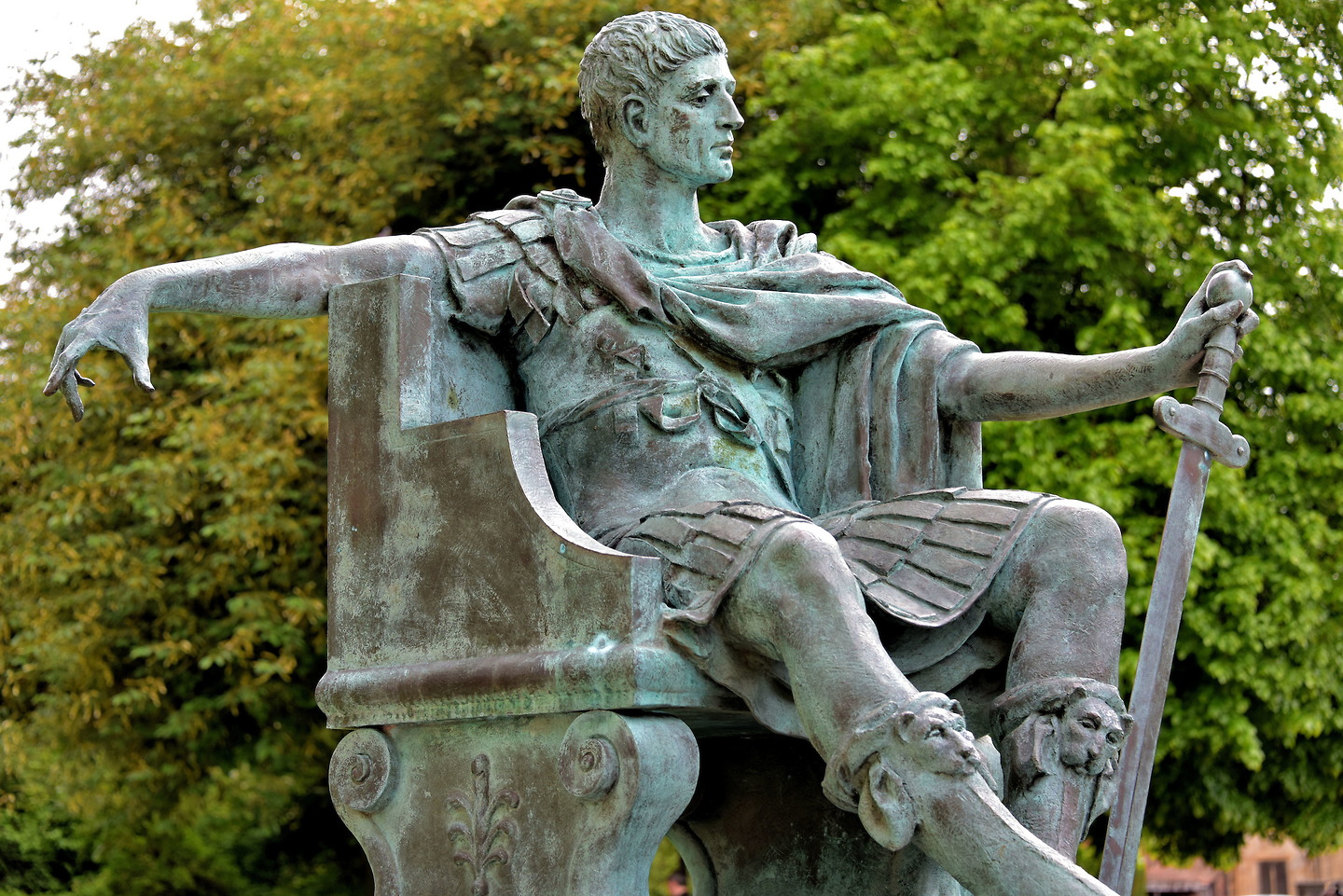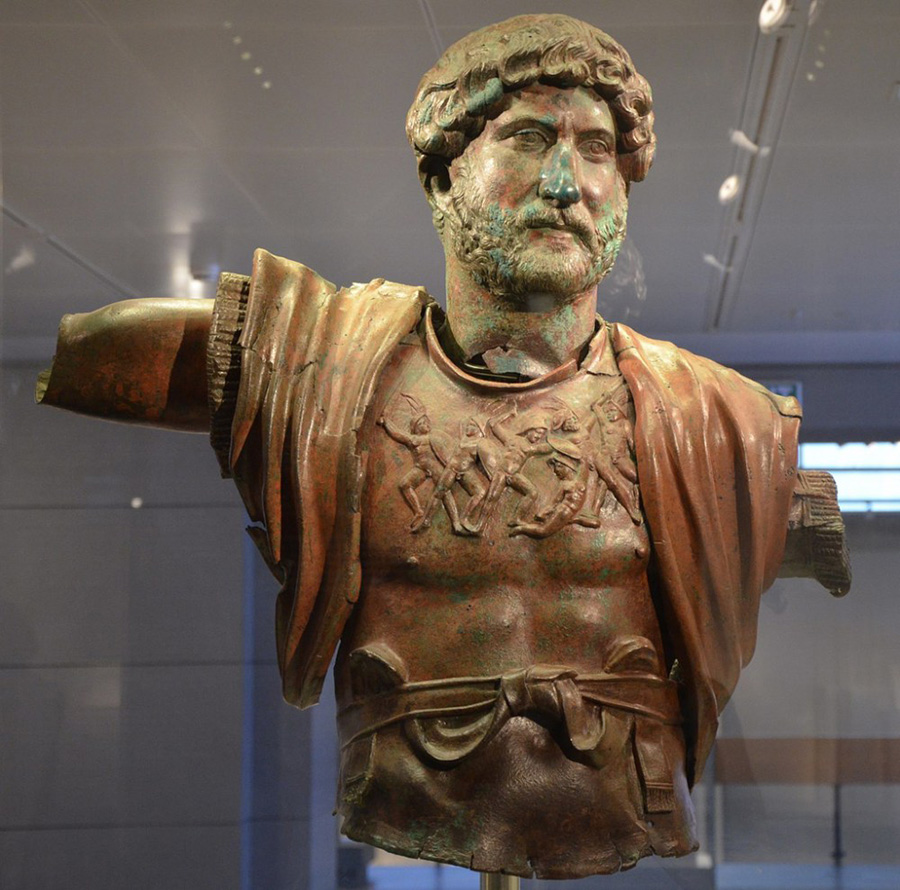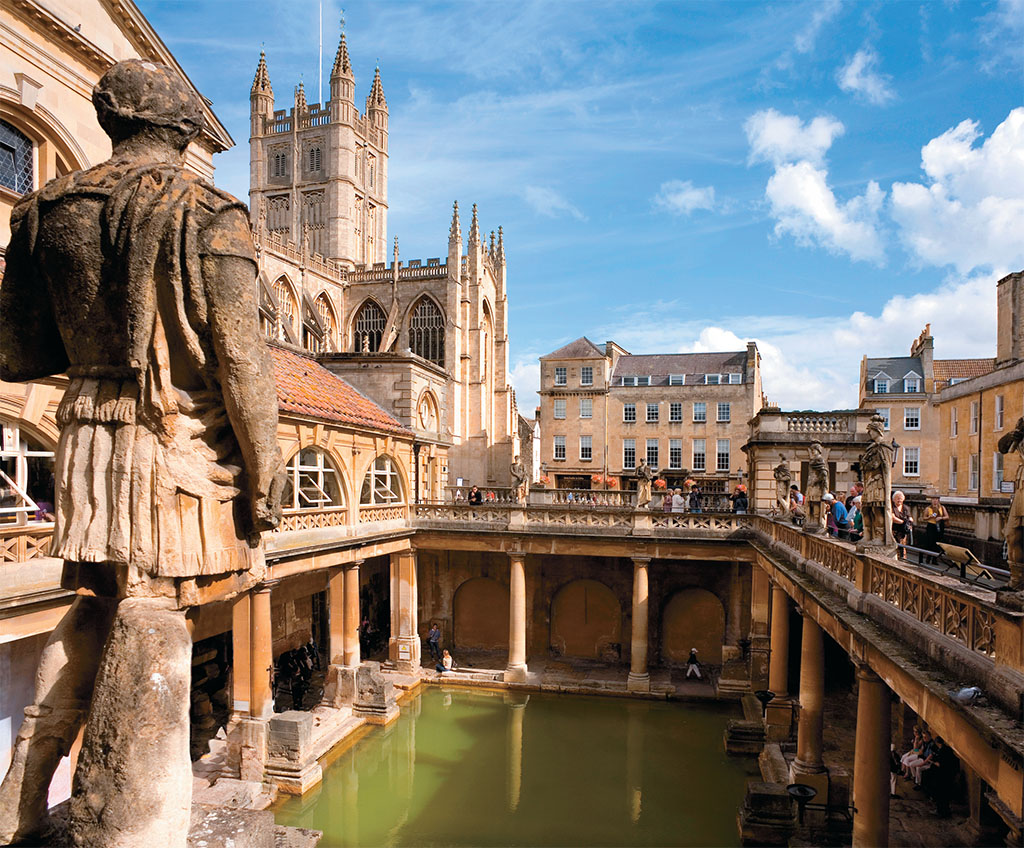From Claudius to Constantine, Nero and Hadrian, Britain witnessed over 60 different emperors during its occupation by Roman armies between 40 AD and 410 AD. Each had their own style of rule in both domestic and foreign affairs, and each left their own mark on Britain and the wider empire. But who had the biggest impact on Britain? Who built the most roads? Who changed our way of living beyond recognition? We’ve attempted to untangle these questions below as we explore the reigns of 3 prominent emperors during the occupation of Britain.
As the western Roman Empire began to fall apart in the early part of the 5th century, then emperor Honorius penned a farewell letter to Britain as he recalled his legions to defend Rome. He wrote, “fight bravely and defend your lives…you are on your own now”. Shortly after, Britain found itself descending into chaos. Britain had become highly dependent on its Roman rulers for many things, but perhaps their greatest dependency was protection. With the Roman legions now gone, tribal infighting and invasion became commonplace.
Rewind 400 years and this was the Britain the very first Roman invaders found after crossing the channel. Tribal, often brutal and harsh, the eventual civility of Roman life in Britain wouldn’t be easily won, and would be the result of numerous bloody conflicts.
This brings us to our first significant Roman emperor in the history of Britain, Claudius.
Claudius – AD 41 to 54

In AD 43 the Romans were no strangers to Britain. Having first set foot here under the command of famed Roman general, Julius Caesar in 55 BC, the Romans had waged war against the native British tribes for the last 90 years. It wasn’t until the rule of Claudius, though, that the Romans had conquered Britain, and laid claim to its lands, people and resources.
The conquest of Britain was part of a much wider expansion of the Roman Empire in the 1st century, and paved the way for the next 400 years of successful occupation. Claudius used both brute force and skillful negotiation to secure Britain, striking deals with native tribes where possible, and destroying them when diplomacy had been exhausted.
Without Claudius’ massive expansion of the Empire, and consolidation of Rome’s grip on Britain, the future of Roman Britain could have been very different.
Constantine I – AD 306 – 337

Also known as Constantine the Great, the life of this Roman emperor was filled with drama and fame. The renaming of the eastern Roman capital (modern day Istanbul) from Byzantium, to Constantinople (in his name) shows quite how significant a leader Constantine was during his reign.
Perhaps the most significant development during his reign, though was the ever growing influence of Christianity. Up until AD 313, Romans worshipped numerous Gods such as Venus, Mars, Jupiter and Mercury and built temples and monuments worshipping these various Gods throughout their empire. Worshipping the ever-growing religious movement called Christianity was punishable by death in the Roman Empire, until in AD 313 Constantine (who would later convert to Christianity himself) declared that for the first time Christians could worship peacefully in his empire.
This act (known as the Edict of Milan) allowed Christianity to grow throughout the empire, and in Britain without fear of violence. It was only 67 years later, that Rome would declare Christianity as its official religion, thus completely reshaping the underpinning belief systems of the largest empire ever known. Constantine’s actions in AD 313 undoubtedly altered the course of history, around the world and in Britain where Christianity remains the most popular religious denomination.
Hadrian – AD 117 – 138

Perhaps the most enduring and significant structure ever to be erected in Roman Britain was Hadrian’s wall. After suffering a major rebellion between 119 and 121, Hadrian embarked on an extended visit of Britain in AD 122, intent on assessing the region and establishing further security against invasions from the north (modern day Scotland).
Hadrian was keen to protect the lands Rome had fought so hard to secure in Britain, and initiated the construction of Hadrian’s wall in 122. Even by Rome’s standards, who were accustomed to erecting walls, this 73 mile long mega-structure was unlike anything constructed in the empire.
Hadrian never got to see the wall completed, however its legacy and significance can still be felt today.
